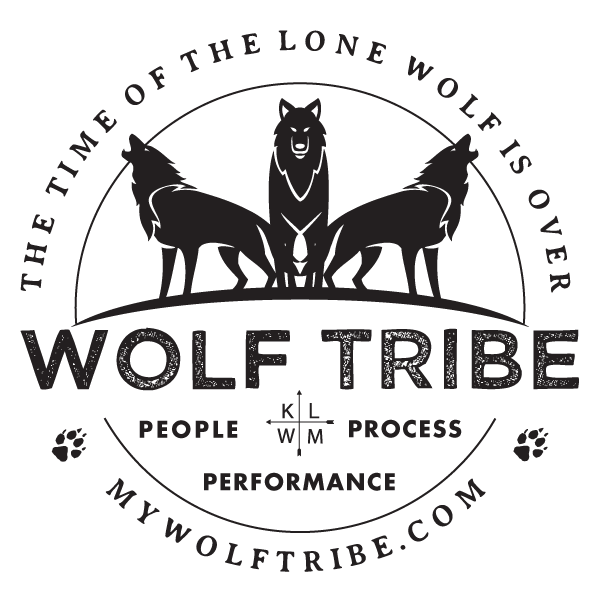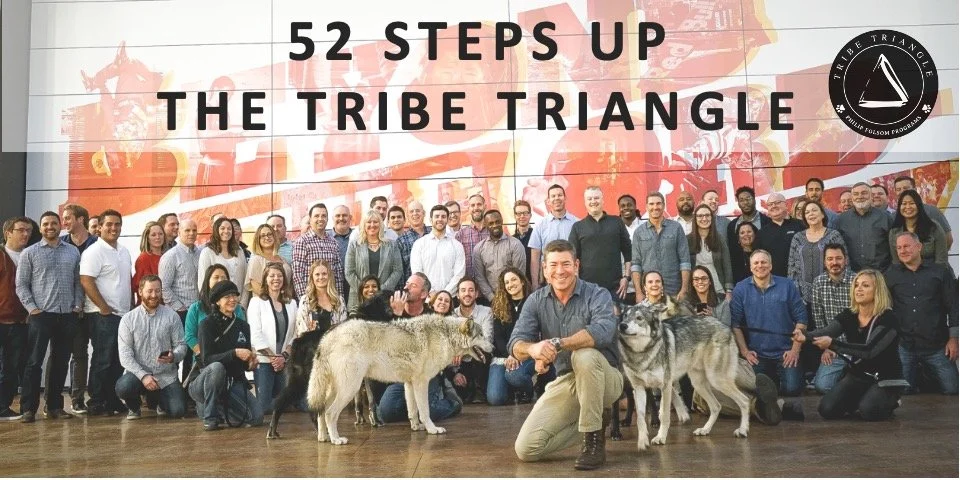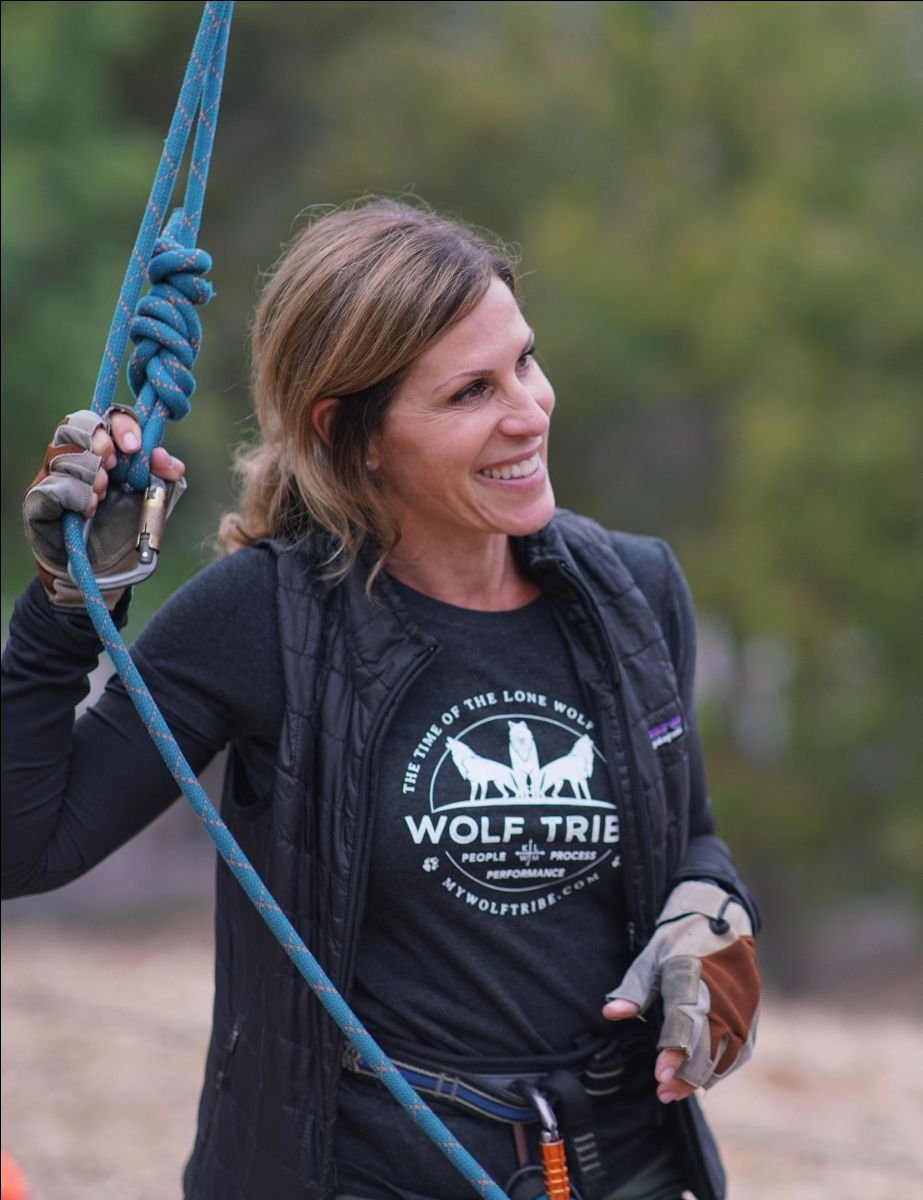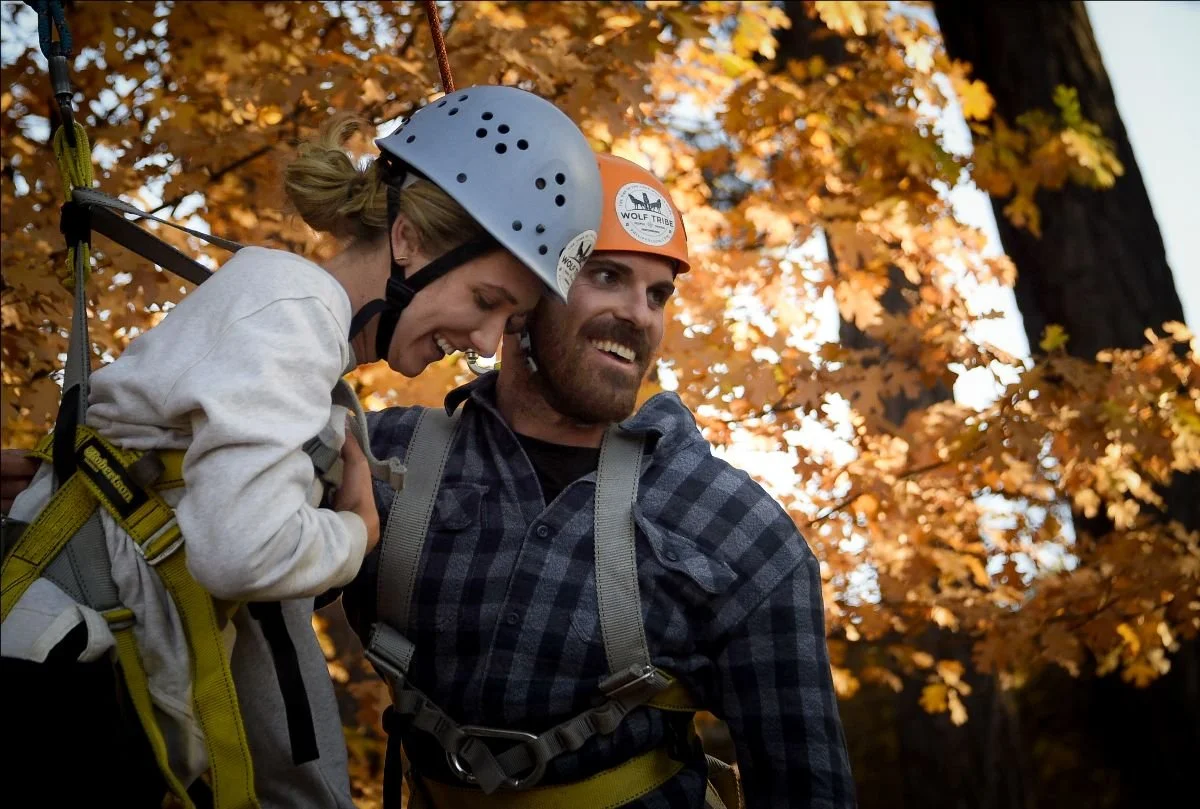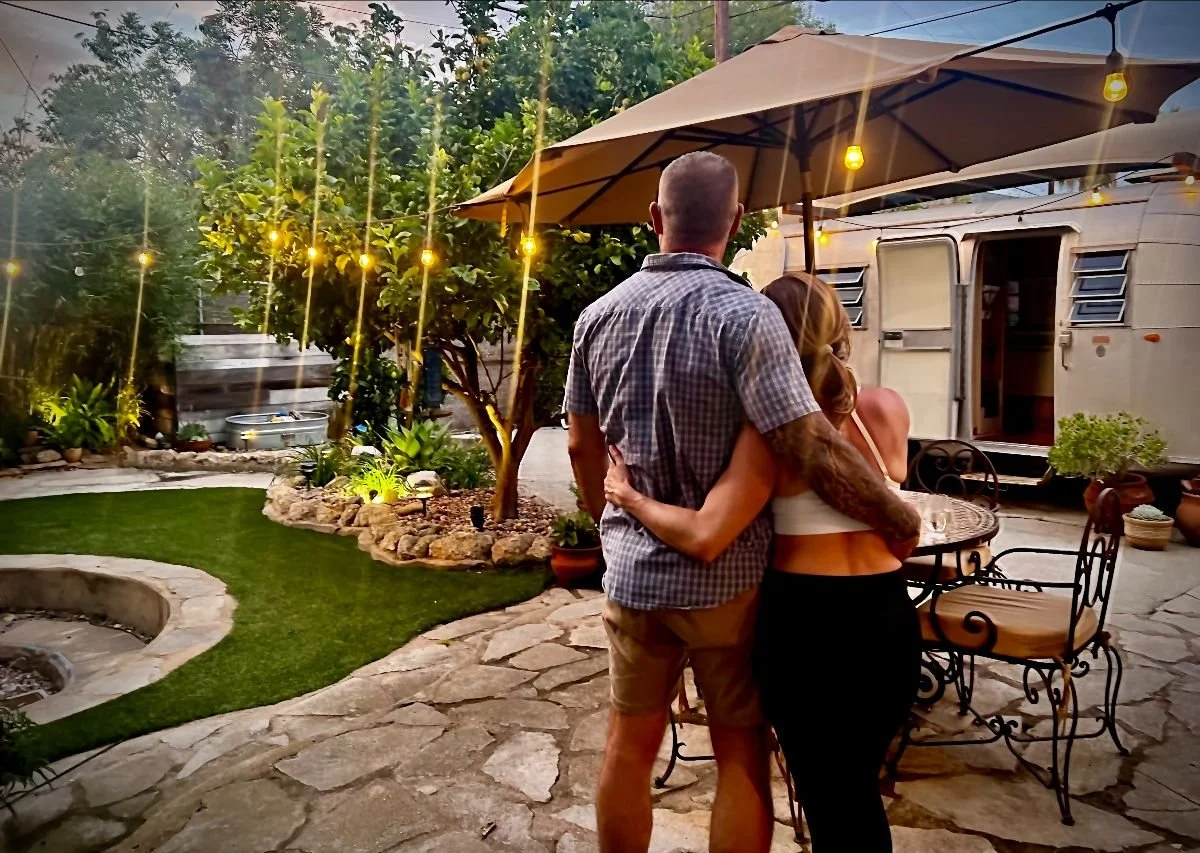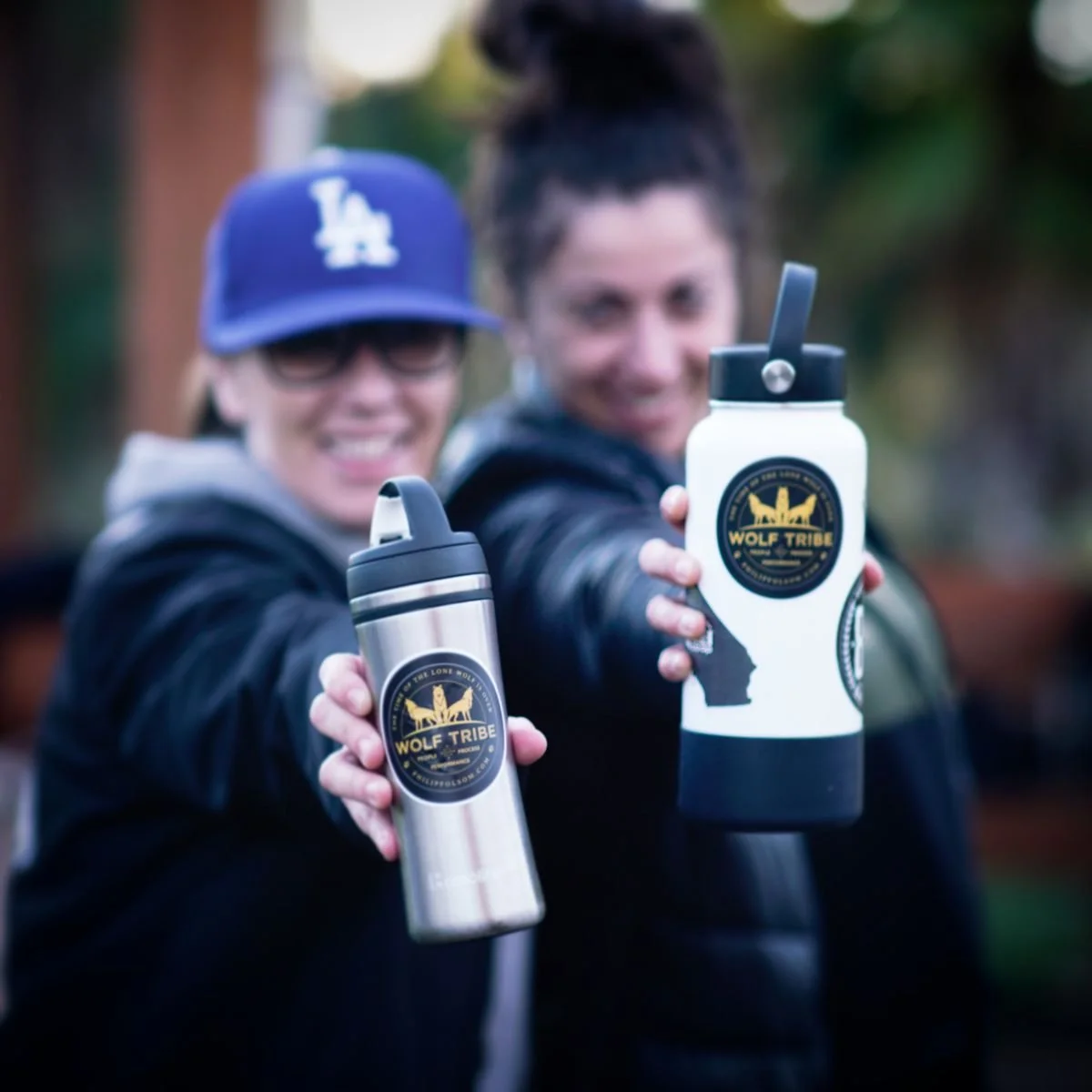Step 41 Up the Tribe Triangle: Vitality
“The chief condition on which life, health and vigor depends on is action.
It is by action that an organism develops its faculties, increases its energy
and attains the fulfillment of its destiny.”
-Colin Powell
Vitality is life force, eagerness, and passion. It is defined as ‘the ability to live and develop’ as well as ‘physical or mental vigor especially when highly developed’.
Vitality can be developed and is a product of resiliency, grit and all the other steps of your culture development journey. It is the one true measure of the efficacy of your people, your process and your culture. A job or family without vitality is a river without water.
Success is the top of the mountain. To make that success sustainable, we are going to have explore and implement vitality best practices because getting to the top of any mountain in your life not nearly as hard as staying there. The ability to not just arrive but to thrive is a matter of vitality.
“You may encounter many defeats, but you must not be defeated.
In fact, the encountering may be the very experience which creates the vitality
and the power to endure.”
-Maya Angelou
Vitality is a direct product of the first three levels of the Tribe Triangle. If you or your people are struggling with burnout or lack of motivation it is a sign that you need to go back and shore up one of those levels.
Vitality of Alignment
Vitality is much more than pleasure, ease or happiness. Vitality is the vigor and drive that imbues your people to seek greatness, freedom and meaning as well as the ability to persevere through the unavoidable adversity involved in everything great. All of these sources of greatness come from the three pillars of culture alignment.
Your shared aspirational vision is a primary source of inspiration and vitality. People need to believe that freedom and meaning is possible and that their days and their work is significant. Without an aspirational vision both you and your people will hemorrhage vitality and collapse into distraction, resentment and nihilism which is the condition of no vitality.
A grandiose vision will quickly fade without the shared values that create a pathway toward it. These values are the commandments that guide travelers through the desert toward your promised land. Again, like everything else in your family and team, you must model these values.
Your shared missions are also an indispensable component to vitality. The transparency, collaboration and reciprocity involved in shared missions are huge drivers of vitality because people are compelled to participate when their participation is seen and valued. Even seemingly simple shared tasks can be vitality drivers when people feel genuinely important and involved.
“Enthusiasm is that ingredient of vitality mixed with a firm belief in what you are doing that ensures the success of any project you undertake.”
-Dale Carnegie
Vitality of Kinship
Vitality is the life force in people and organizations and there are no dead or dull families, careers or companies, only unvital ones.
The ongoing Harvard Study of Adult Development is the longest lasting, most comprehensive study in history. Started in 1938, that study discovered that the number one source of health, happiness and overall vitality is close, vital relationships.
Looking back at the Kinship level of your journey up the Tribe Triangle you will discover you have access to all the levers of relationship vitality. Have you recommitted to building and maintaining close friendships at work? Have you become skillful at using the different communication styles and the platinum rule? These are all sources of vitality that come from your people.
“Vitality is a way of being eager and engaged.
This ethos is built by your culture and passed on by the behavior of your people.”
-T.S. Eliot
Vitality of Healthy Conflict
There is a commonly held misbelief that we get strong in the gym. We do not. We get strong in the recovery period after the challenges of the gym when our muscles heal with more capacity and size. The same dynamic holds true in every aspect of your life from relationship conflict to business competition. Vitality is a function of recovery and this needs to be acknowledged and normalized.
In every aspect of the Healthy Conflict phase there is an opportunity for vitality but only if we accept the need for failure and recovery. Can your people ask for help and delegate when needed? Have they accepted setbacks as a normal part of competition, innovation and accountability? Have you introduced and modeled the self-care of emotional regulation and recovery? These are all indispensable components of vitality.
Vitality is passion and may be the most important resource you manage, Tribe Leader. Vitality is the energy to live and work meaningfully and do significant things. Nurturing and investing in the development of vitality returns the dividend of living fully.
Everything we do and do not do either adds to our vitality and energy or takes away from it. When you have vitality in your family or work team you will see and feel your people come alive as though all their switches have been turned on. Highly vital people are eager. For this to happen you must be eager.
“Live a vital life. If you live well, you will earn well. If you live well, it will show in your face. There will be something unique and magical about you if you live well. It will infuse not only your personal life but also your business. And it will give you a vitality nothing else can give.”
-Jim Rohn
Click here to watch the video of Step 41: Vitality
Leaders Must Write and Speak
Answer these questions in your journal by really writing them down. Discuss them with at least one of your most important people and really listen to their response.
Where do you see and feel apathy in your family and team? This dullness is a symptom of a lack of vitality.
Have your people lost commitment to your shared vision, values and mission? How and when will you recommit to your foundation of alignment?
Have your people lost connection to the vitality between each other?
How and when will you reconnect to the drivers of kinship?
Ubuntu,
Philip Folsom
